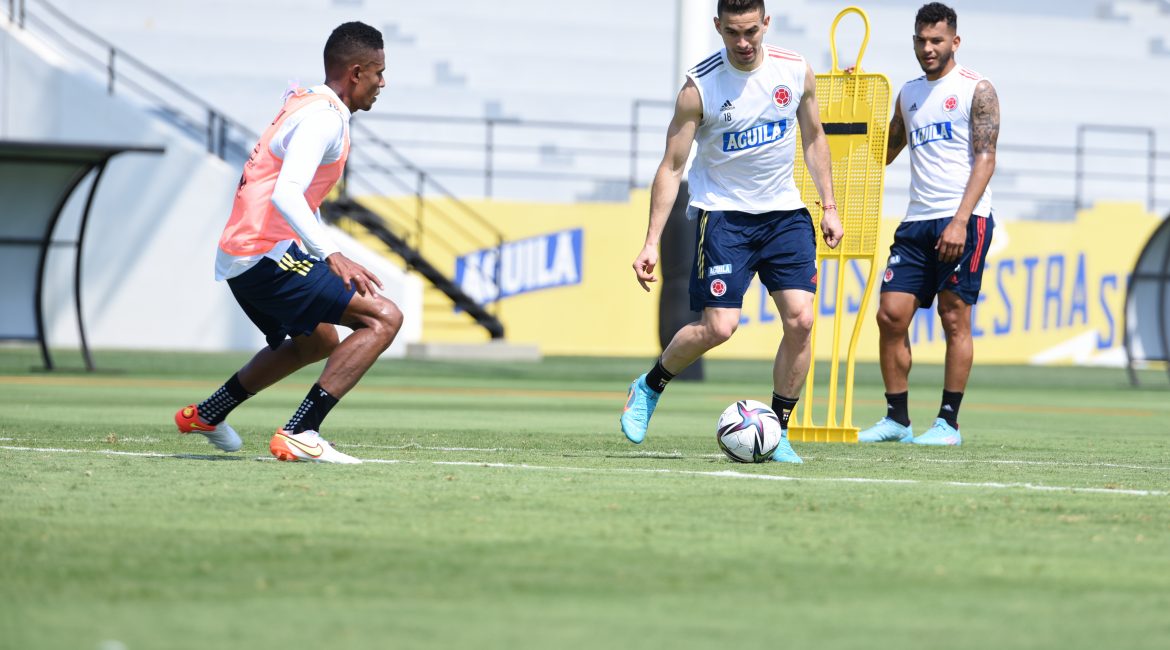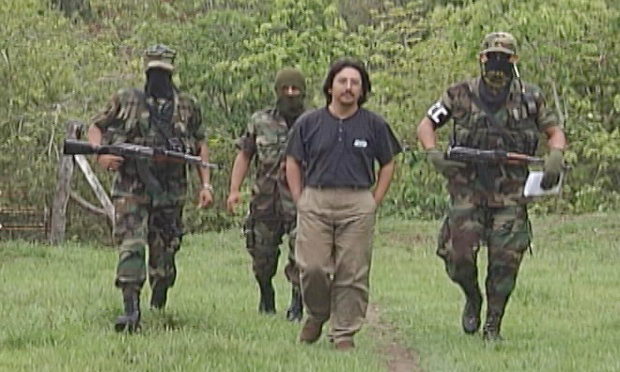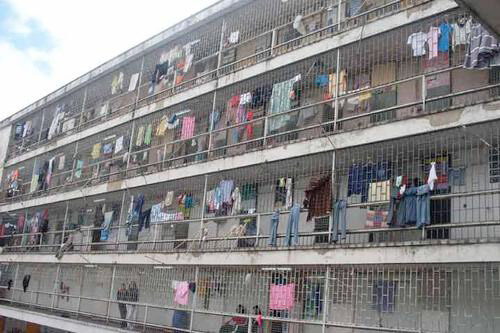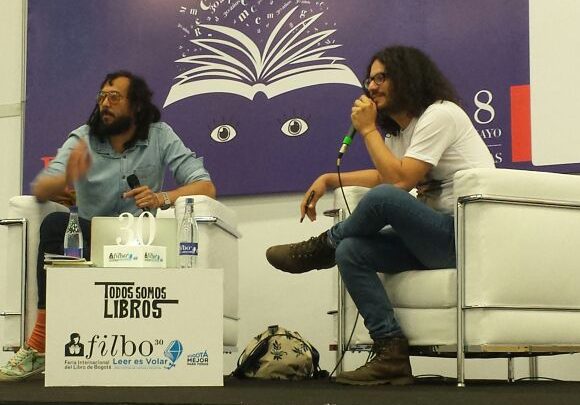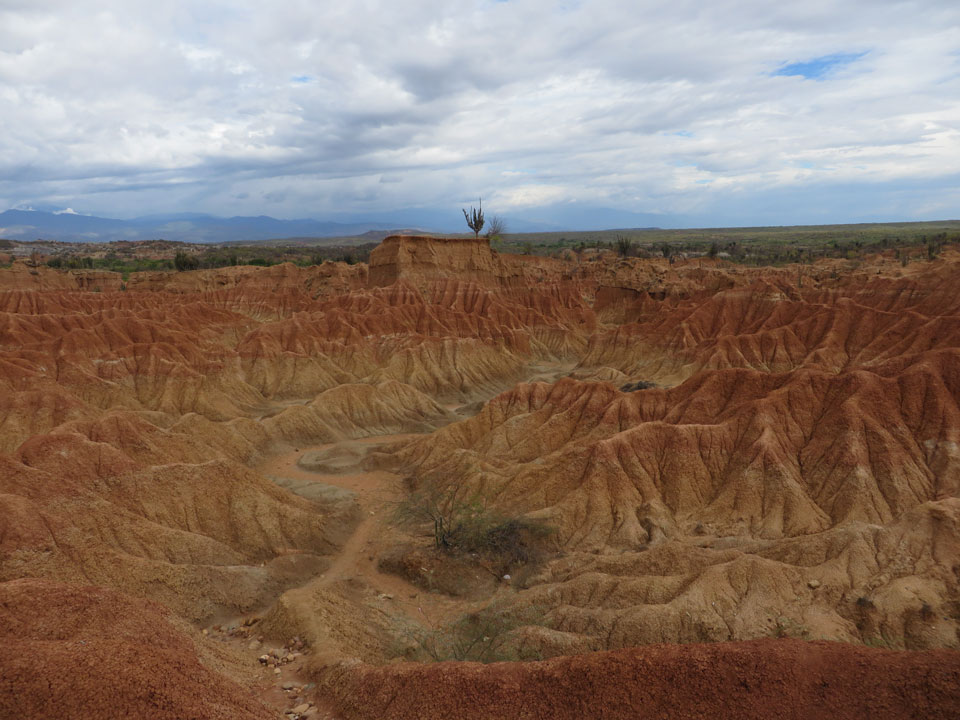
The Tatacoa Desert near Nieva in the Huila department, an otherworldy place full of lunar moonscapes and fantastic colours. Photo: Laura Brown
Experiencing the tranquil and awe-inspiring landscape of the Tatacoa Desert, a few hours from Bogotá is not such a hard task, as Laura Brown discovers
Antoine de Saint-Exupéry probably sums up my love for the desert best, writing in The Little Prince: “You sit down on a sand dune. You see nothing. You hear nothing. Yet something shines in that silence.”
There’s something quite calming and enchanting about deserts, something that feeds the soul, brings you closer to the stars and connects you with nature.
Wanting to escape the hustle and bustle of Bogotá and connect with that feeling of tranquillity, I decided to head out to the Tatacoa Desert for a weekend break.
Certainly impressive enough for a trip in its own right, Colombia’s second largest arid region – after La Guajira Desert in the country’s northernmost tip – is often overlooked by visitors to the country. Some might include it as a stopover on their way to or from San Agustín, but the Tatacoa has not yet quite gained the reputation it deserves as one of the country’s most frequented destinations.
Yet the area is rapidly growing in popularity and with that comes an increasing number of options for places to stay – posadas, guest houses, campsites, cabañas and hammocks slung under the stars. Its proximity to Bogotá makes the Tatacoa Desert ideal for a weekend getaway, offering spectacular scenery and a refreshing amount of serenity.
As you approach the Tatacoa, one of the first things that will strike you is the stark contrast in landscape. Arriving from Neiva, you would have been gazing at rice paddies and other crops less than an hour ago, yet crossing into the desert you are greeted by arid land and otherworldly structures in shades of ochre, terracotta and grey.
Technically speaking, the Tatacoa is not actually a desert but a tropical dry forest which takes its name from a species of snake that no longer exists in the region. There are, however, other types of snakes, scorpions and spiders lurking around among the shrubs and cacti.
The area was once a huge lake that dried up and left behind an ecosystem characterised by scorched land and lunar formations.
And indeed, as you step out to explore the surroundings and walk through the great labyrinthine gullies and over mounds of baked earth, the feeling evoked is that of being on another planet.
Sunrise and sunset offer a magnificent display of colours, the blue sky contrasting against the greys, reds and oranges of the desert as the sun sets the sky alight, bidding the day either a greeting or a farewell.
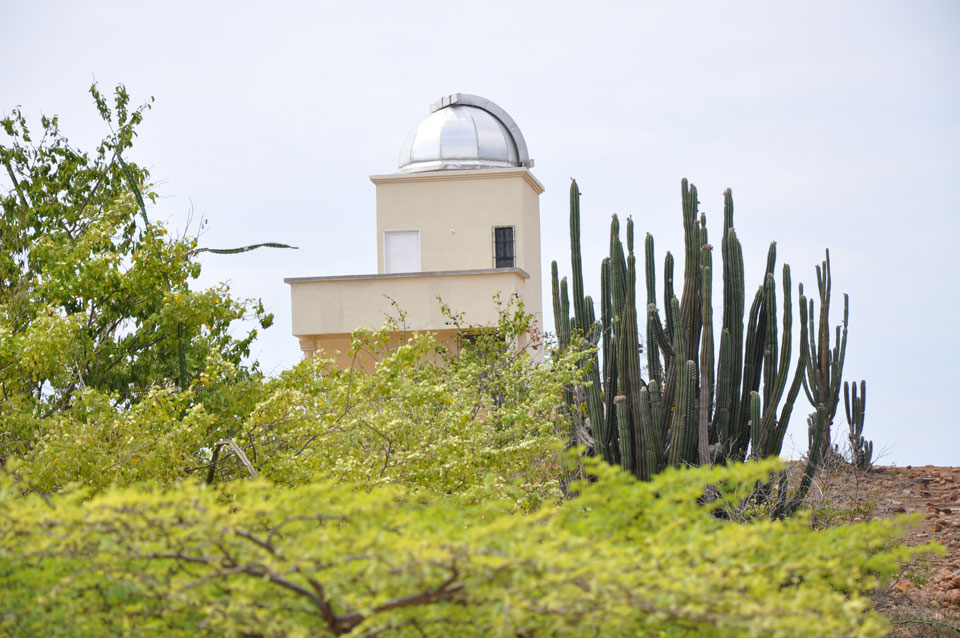
The observatory in Tatacoa is a great place to view the night sky of both hemispheres. Photo: Jorge Lascar, Flickr
Speaking of other planets, the Tatacoa is an excellent spot to observe outer space, and one of the main attractions is the observatory which puts on nightly shows. Astronomer Javier Fernando Rua teaches visitors about the solar system and points out various constellations, some of which can be seen with the naked eye – others one can observe with the help of one of their three powerful telescopes.
It rarely rains in the desert, so the combination of clear skies and no light pollution make this an amazing place for stargazing. According to Rua, you have the added advantage in the Tatacoa of being able to view both hemispheres, and are therefore able to see constellations that are usually only visible in one part of the world and not the other.
Stars of the show include the Milky Way, meteor showers and, saving the best for last, Rua proudly shows visitors Saturn through the telescope.
You can get there from Bogotá by road or air. Yes, there are numerous tour operators which will take you all the way, but going it alone is easy enough if you want to save some money.
It takes about six hours to get to Neiva, the capital of the Huila department, and if you set out early enough, you can continue to the desert the same day. From Neiva, you can get a collectivo to Villaviejo, and if there are enough people wanting to head out to the desert, you can negotiate with the driver to take you directly there.
Alternatively, you can take a van from Villaviejo. Your other option would be a 90-minute to two-hour walk, but keep in mind that temperatures sometimes reach over 40 degrees Celsius, so take plenty of water with you and don’t forget your hat and suncream.
By Laura Brown

